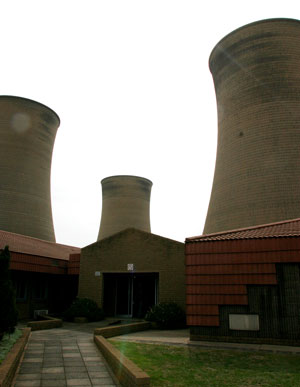
Eskom called for cost-related tariff increases on Tuesday, citing Sanral’s woes as proof that the consumer-pay principle needs to apply to safeguard the credit ratings of parastatals.
Finance director Paul O’Flaherty told MPs the utility needed tariffs to reach a cost-reflective level of 90c per kilowatt-hour in real terms by 2017 to complete its R385bn build programme and pay its debt.
“We are at 60 SA cents [per kilowatt-hour] at the moment; in real terms we need to get that up to 90c,” he said after briefing parliament’s public enterprises portfolio committee on the programme.
He said that when Eskom approached electricity regulator Nersa in July on the next set of tariff increases, it hoped to secure an agreement firstly to extend the multi-year price determination period to five years, and secondly to cover production costs.
“We will be asking for a longer period than three years because we need some certainty. We believe five years is a more appropriate path.”
He added: “We need to constantly remind [the public] that we need to move to cost-reflective tariffs. We need to make sure that our investment-grade rating is sound, although as we sit at the end of March, we have raised R180bn in debt; we need to get to R300bn.”
Eskom would not divulge the percentage by which tariffs needed to rise to achieve the required price level.
O’Flaherty said that since Eskom agreed on a funding plan with national treasury in 2010, it had put behind it a R300bn shortfall that stalled the construction of Kusile and had now secured 77% of the money needed to complete its two new power stations.
“I’m pleased to announce that more than 77% of our funding to finish off Kusile is completely secured and the rest has been identified.”
He said much of the money secured so far had been raised on foreign markets. The same probably applied for the remainder needed to finish Kusile and Medupi, set to be the world’s third and fourth largest coal-fired plants once completed.
This reinforced the need for a good credit rating to prevent Eskom going the path of Sanral, he said.
Moody’s Investors Service cut the road agency’s credit rating status to Baa2 with a negative outlook this month after a court interdict halted the implementation of e-tolling to cover the cost of the Gauteng Freeway Improvement Project.
“Once you go to the international markets it is very, very important, as you’ve seen with Sanral, that what you have is an investment-grade rating. If you don’t have an investment-grade rating it is very difficult to find money.
“So it is very important from an Eskom point of view that we continue on our path of solid investment-grade ratings, and that will come down to a tariff rate discussion.”
O’Flaherty recalled that Eskom managed to reduce the tariff increases from 25% to 16%, in part because the shareholder — the government — sacrificed its return of R8bn.
That saving to the consumer has now been exhausted, he said.
“The global financial crisis and the slowdown is a problem. I think the Sanral issue is a challenge. The user-pays principle needs to apply.”
Iraj Abedian, chief economist at African Capital, said Sanral’s inability to repay R20bn in debt had made both parastatals and the capital markets wary of what could happen if there was popular resistance to consumers paying for infrastructure.
“The capital markets are going to be on the cautious side to finance parastatals’ grandiose plans, especially if they span over several years.”
Abedian said the impact of electricity price rises on the economy could be mitigated by making public long-term projections on the increases needed to fund projects.
Five years was not sufficient to achieve this, he said.
“If you want to avoid midstream uncertainty, check the facts and share them upfront with all players, the public being the first among them.” — Sapa




